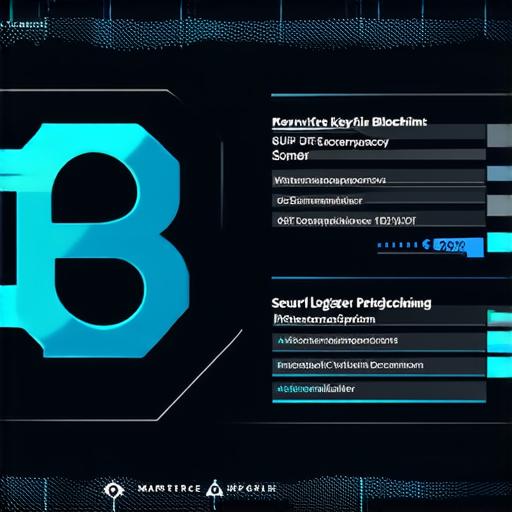Blockchain technology is a decentralized, distributed ledger that allows for secure and transparent transactions without the need for intermediaries. It was first introduced in 2008 with the creation of Bitcoin, a cryptocurrency that uses blockchain to securely transfer funds between users.
Since then, blockchain technology has evolved and is now being used in various industries such as finance, healthcare, supply chain management, and more.
What is Blockchain Technology?
Blockchain technology is a decentralized database that stores data in blocks, which are linked together using cryptographic algorithms. Each block contains a unique set of information, such as a transaction or a piece of data, and is verified by the network participants before it is added to the chain. Once a block is added to the chain, it cannot be altered, making the data on the chain immutable and secure.
Key Features of Blockchain Technology
-
Decentralization: Blockchain technology is decentralized, meaning that there is no central authority controlling the network. Instead, the network is maintained by a distributed group of participants who work together to validate transactions and add new blocks to the chain.
-
Immutability: Once data is added to the blockchain, it cannot be altered or deleted, making it immutable and secure. This makes the technology ideal for applications where trust and security are paramount, such as financial transactions.
-
Transparency: All participants on the network can view the same information, making it transparent and open to audit. This allows for greater accountability and reduces the risk of fraud.
-
Security: Blockchain technology uses cryptographic algorithms to secure the data on the chain, making it resistant to hacking and tampering. This makes it ideal for applications where security is a top priority, such as healthcare records.
-
Smart Contracts: Smart contracts are self-executing contracts with the terms of the agreement written directly into code. They can automate complex processes and reduce the need for intermediaries, making transactions more efficient and cost-effective.
How Does Blockchain Technology Work?

Blockchain technology works through a process called mining. Miners on the network compete to validate transactions and add new blocks to the chain. To do this, they use powerful computers to solve complex mathematical problems, known as hashes, that are generated by the data in the block. Once a miner solves a hash, it is added to the block and verified by the network participants before it is added to the chain.
Miners are rewarded for their efforts by being paid in cryptocurrency, which is generated by the network through a process called mining. This creates an incentive for miners to continue validating transactions and adding new blocks to the chain, ensuring that the network remains secure and efficient.
Use Cases for Blockchain Technology
-
Financial Transactions: Blockchain technology can be used to securely transfer funds between users without the need for intermediaries such as banks. This makes it ideal for applications such as peer-to-peer lending and crowdfunding.
-
Supply Chain Management: Blockchain technology can be used to track products from the point of origin to their final destination, providing greater transparency and accountability in the supply chain. This can help reduce fraud and improve product quality.
-
Healthcare Records: Blockchain technology can be used to securely store and share healthcare records between providers, making it easier for patients to access their medical history and reducing the risk of errors.
-
Voting Systems: Blockchain technology can be used to create secure and transparent voting systems that are resistant to tampering and hacking. This can help improve the integrity of elections and reduce the risk of voter fraud.
-
Identity Verification: Blockchain technology can be used to create secure and decentralized identity verification systems, making it easier for users to verify their identities without the need for intermediaries such as government agencies or social media platforms.
Benefits and Challenges of Implementing Blockchain Technology
1. Benefits:
-
Increased security and transparency
-
Improved efficiency and reduced costs
-
Greater accountability and reduced risk of fraud
-
Increased accessibility and improved user experience
1. Challenges:
-
High energy consumption due to the complex mathematical algorithms used in mining
-
Lack of standardization and interoperability between different blockchain networks
-
Regulatory uncertainty and potential legal challenges
-
Limited scalability and ability to handle high volumes of transactions
Summary
Blockchain technology is a decentralized, secure, and transparent ledger that allows for secure and efficient transactions without the need for intermediaries. It has various use cases in different industries such as finance, healthcare, supply chain management, and more. While there are benefits to implementing blockchain technology, there are also challenges that must be addressed, including energy consumption, regulatory uncertainty, and limited scalability.
